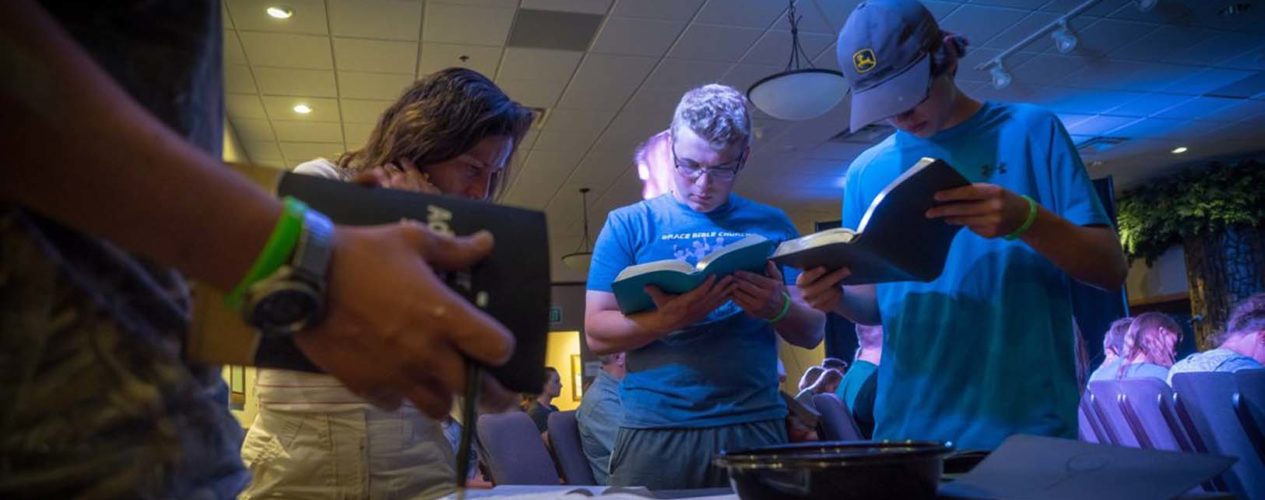For some big churches, looking to get bigger, the multisite model seems to be working for them. For others, not so much.
Though they take different shapes, multisite churches usually involve an original location that replicates itself in other locations, using ditto branding, styles, and procedures. The main high-profile preacher is typically beamed to satellite locations via video.
The people at Leadership Network say the multisite model is thriving. They report that 76 percent of surveyed multisite churches intend to remain under the one-governance structure. However, some well-known large churches are dropping the model, and spinning off their satellites as autonomous churches.
Regardless of what’s popular today, how does the multisite strategy fit the future–particularly the next generation that is entering adulthood just now? The young people of Generation Z, as they’re called, exhibit some different values that may be at odds with the church-as-franchise model.
Many observers and social scientists note the Generation Z population highly values authenticity and genuine connections. How does that fit a church that centers around a weekly crowd in a big dark room with fixed seating, and an eloquent stranger on a big screen? “The screen screams scripted,” not authentic, said Rick Lawrence, editor of Group magazine and a frequent writer and speaker on Generation Z.
Lawrence also explained that Gen Z teenagers insist on participation in their learning. He said, “It seems counter-intuitive because they’re so married to their screens, but their screen time is interactive. And a multisite screen is the opposite of interactive.”
The multisite approach is standardized, built for a passive crowd. And that’s not what Gen Z is looking for. Researchers and religion writers such as Ross Douthat of The New York Times, cite that Gen Z is the most individualistic generation yet.
Lawrence said, “Because the multisite model de-emphasizes interactions even more than the traditional model, and because these are standardized environments, they don’t ‘smell’ good to Gen Z kids. They’re craving vigorous interaction where much is expected of them, and their voice always matters.”
So, how will the present multisite fashion morph? For the Holy Soup podcast I spoke with Joshua Symonette, campus pastor at National Community Church in the Washington, DC, area. This church meets in rented movie theaters in multiple locations. He said the church’s staff is discussing the future of discipleship in their model. He noted that people today are looking for a sense of intimacy, in smaller gatherings. Will they find that among strangers in a darkened theater on a Sunday morning? Listen to his perspectives here:


